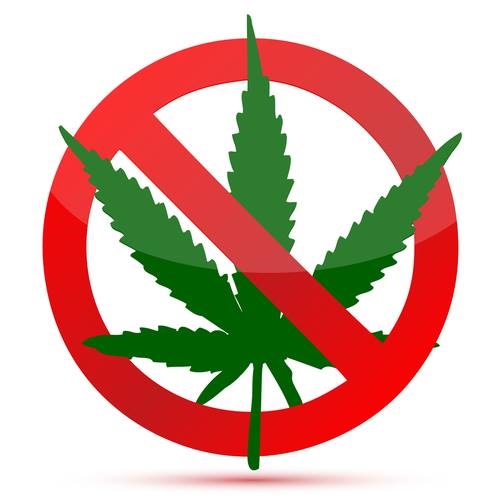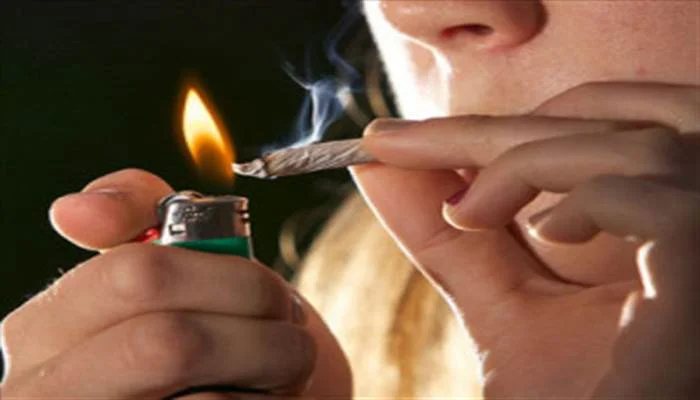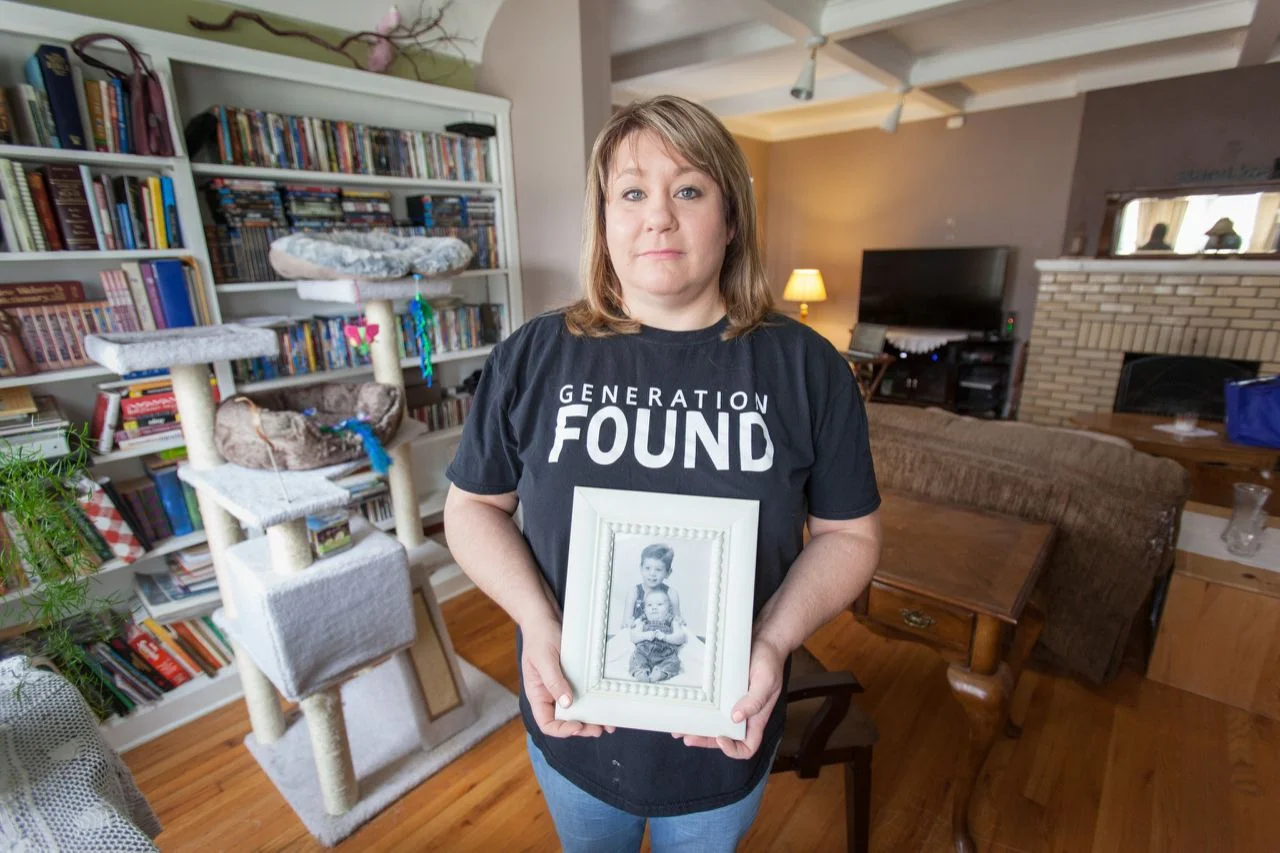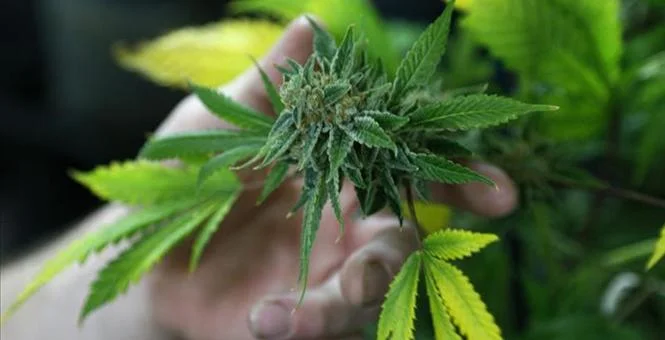There is no limit to the genre of students which teen drug use has effected- the popular and the unpopular, the athletes as well as members of the robotics club, the dancers, the singers, the freshmen and the seniors– everyone is doing it. Ironically, even the leaders of my school’s ‘Students Against Destructive Decisions’ (SADD) are getting “turnt” on the weekends. While I would consider this to be a major form of hypocrisy, perhaps the bigger problem is that they don’t realize how destructive some of their decisions are…
Read MoreStay in the know with the latest on our fight against the legalization of marijuana
Have an article that you would like us to post? Share it on our Facebook page!
Don't Let Anyone Tell You Youth Marijuana Use Hasn't Gone Up in States Like Colorado
/Despite claims to the contrary by Colorado Governor John Hickenlooper, and other officials, the nation's only representative sample of people in U.S households released special Colorado state data finding increases in marijuana use.
Colorado past-month marijuana use among 12-to-17 year-olds saw a significant increase, from 9.82% to 12.56%, according to the most recent year-by-year comparison looking at pre-legalization data.
The National Survey on Drug Use and Health data also found that Colorado teens and adults use marijuana at a higher rate than the rest of the country. Colorado legalized marijuana in 2012 and implemented legal marijuana stores in 2014. At the same time, the sales of alcohol shows a slight increase.
Read MoreThis Is Your Teenager's Brain on Pot→
/Liz, now 18, who started smoking weed regularly at the age of 12 as a coping mechanism, as she puts it, for the upset she felt around her parents’ divorce.
“At first I kind of just felt, like, very… relaxed, spacey,” she says. “After a while, after I started using day after day, I kind of just felt more lethargic. No motivation for anything. Very apathetic. And I felt, like, a lot of paranoia along with that.” By her early teens, Liz had developed a pot habit — not to mention an eating disorder and a self-harming problem — severe enough to land her in a residential treatment program, the Newport Academy.
“I realized that I had a problem with marijuana when I found that I couldn’t be comfortable when I was sober,” she tells Yahoo, adding that the softening marijuana laws across the country are sending what feels to her like “a mixed message” about the safety of weed.
Read MoreTeens tend to think marijuana use is no big deal, but they’re wrong.→
/While teenagers might be binge-drinking less and having less sex than the previous generation did, marijuana use among teens, which had declined from the late 1990s through the mid-to-late 2000s, is on the rise again. This is a problem because, despite our culture’s increasingly casual attitudes toward pot, research suggests that marijuana use can damage the developing teen brain.
If kids are behaving more conservatively than their parents did as teens and engaging in fewer risky or harmful activities, why are they smoking more pot? Why do 60 percent of high school seniors say they think marijuana is safe? And why are more of them using marijuana than smoking cigarettes or drinking? How have our kids gotten the idea that pot is no big deal?
Read More5 Reasons Marijuana Should Remain Illegal→
/It's bad enough that we already lose so many Americans to cigarettes, alcoholism, and drunken driving. Do we really want to endorse the loss of millions more potentially productive Americans via Marijuana?
Read MoreLast Thing Struggling Students Need is More Marijuana
/David W. Murray
Two recent measures of educational performance, one at the national level (National Assessment of Educational Progress, or NEAP) and one among 11 regional states and the District of Columbia showed not only poor and deteriorating performance for all students, but staggering differences between white students and black students.
At the national level, the NEAP reported that 66 percent of all 8th graders were “not proficient” in reading, rising to 67 percent in math. But for black 8th graders, fully 84 percent were “not proficient” in reading, with 87 percent “not proficient” in math.
And the report on students in the District of Columbia revealed an educational disaster. In 3rd through 8th grade, only 79 percent of whites were “proficient” in English, with 70 percent so for math. For black students, proficiency in either skill fell to 17 percent.
In high school, it got worse. Only 52 percent of whites were proficient in geometry, compared to four percent of blacks. In English, only 20 percent of black students were proficient, compared to 82 percent of whites.
Importantly, the blame falls not on the expectant students. It falls squarely on the institutions—and the adults—entrusted with the task of educating them. (The District spent $17,953 per pupil, outranking all states but Alaska, in the most recent, reported year.) Teaching youth is the most fundamental operation of any culture, upon which acquisition of other capacities will depend. If they can’t read, write, or calculate, we are failing to render self-sufficient in the tools of daily life the coming generation.
We may not have the power to fix all the things that are wrong with public schools. But surely we have the power, and the responsibility, to not make things worse, particularly for those already struggling. And making things worse is just what the District, and now other places in America, are doing, by making marijuana use more normalized and widespread.
According to the latest results from the National Epidemiological Survey on Alcohol and Related Conditions (NESARC), marijuana use doubled between the period 2001-2002 and the most recent wave offindings, the years 2012-2013. There was also a near-doubling of “marijuana-related disorders,” such that three-in-ten users now suffer problems.
But an equally troubling finding was what NESARC termed “significant increases across demographic subgroups.” In fact, “Black and Hispanic individuals showed especially notable increases in the prevalence of marijuana use and marijuana use disorders, trends consistent with other studies showing that marijuana use is now more prevalent in black than white individuals.”
These disturbing results for marijuana only add to the bad news, which most affects youth — and perhaps critically affects disadvantaged youth.
No one says that drug use is the single factor “causing” student failure; there are documented institutional and social deficiencies enough for that. But who will not face that marijuana use will most penalize those most at risk? Minority youth are both using more dope and suffering more of the consequences, and the impact hits hardest those without support.
The clear science on adolescent marijuana use and school failure isundeniable. The loss of 8 IQ points from heavy use, the measurable detriment to memory and learning, the risks of depression and psychosis for the vulnerable, the greatly increased risk of school drop-out; these are now well-established associations, and they seem to worsen as marijuana potency skyrockets, while dependency becomes“more severe.”
We can anticipate the objections from legalization advocates. Under the District’s rules, marijuana is still illegal for kids. But there is strongevidence showing that where marijuana is legalized and normalized, youth use soars, damaging learning and bringing addiction to the young.
It could also be that the “causation” is reversed; the reason that those failing in school are turning to marijuana is because they’re already failing in school. It’s possible, and may be true for some facing social disadvantage and psychological co-morbidities.
But surely that is no argument to therefore make dope wall-to-wall. One-in-every-eight high school kids in Colorado is now a current marijuana smoker. Moreover, teachers tell routinely another tale, of the high-performing youth who in a single semester changes dramatically—for the worse—and becomes a “stoner.” And then they lose them.
We should at least examine the true nature of the impact, and plan a response. We could explore programs like in-school screening for at-risk kids; if they’re starting to use drugs, it could be a chance to intervene and bring help.
Fixing this will require serious educational reform. Instead, inexplicably, the District determined to take us in the wrong direction – they legalized.
For education advocates and those of us especially concerned by the worsening failure of at-risk Americans in the classroom, it is time to recognize that the brain-altering effects of marijuana are now a dangerous and growing educational threat.
Colorado: The Terrible Warning
/Colorado was hoped to be the beacon, the proud example, the city on the hill for the pro pot movement. It would stand as a testament to the rest of the country of the wonderful merits of legalizing pot. Instead, Colorado serves as a warning.
Read More







